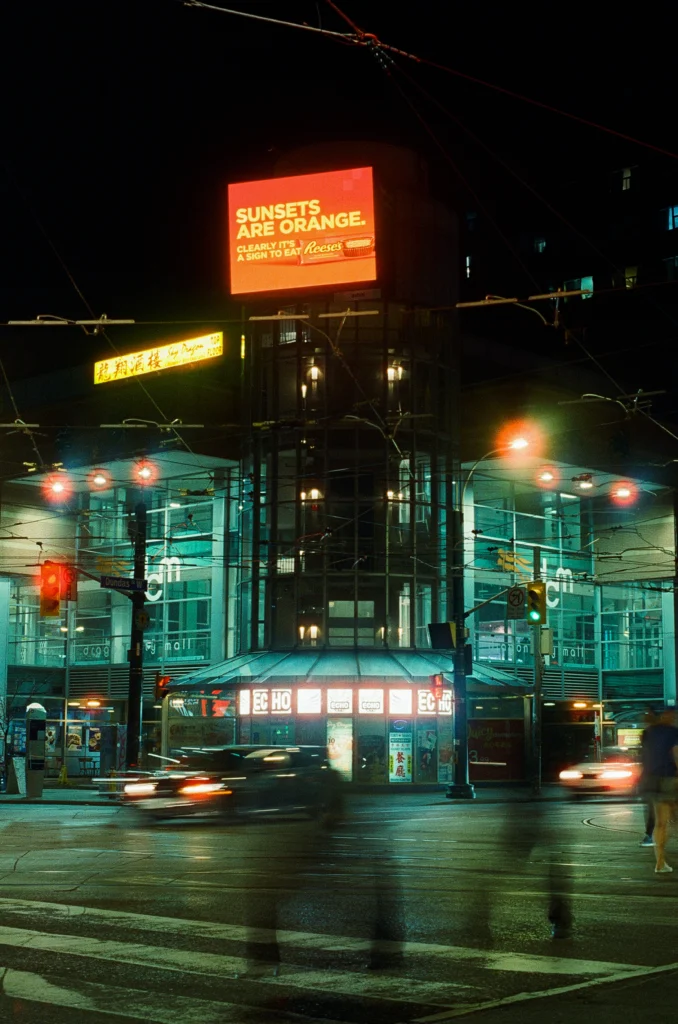

At Graination, we often encounter the widespread belief that pushing film can correct underexposed photographs. Many photographers, especially those new to analog techniques, turn to pushing film as a last resort to “save” underexposed negatives. This blog post aims to clarify what pushing film actually does and why it does not fix underexposure.
Pushing film involves modifying the development process—typically by extending the development time or increasing the temperature—to amplify the exposure effects of film shot at a higher ISO than its base sensitivity. It’s crucial to note, however, that pushing film does not change the inherent ISO of the film.
Pushing film does not add more light to the scenes that were captured; it cannot create details that were not originally exposed onto the film. If an image is underexposed, meaning the film has captured insufficient light, pushing the film merely amplifies the existing exposure. This often results in enhanced grain and contrast but does not recover lost details in dark areas.
The confusion may stem from the visible changes pushing can make, such as increased brightness and contrast, which might appear as though the image has been “fixed.” However, these changes are superficial and often degrade image quality by accentuating noise and grain.
Understanding the limitations of pushing film is crucial for both amateur and professional photographers. Relying on this technique to correct underexposure can lead to disappointing results and compromised image quality.
While pushing film can be a useful tool for managing low-light situations or achieving specific artistic effects, it is not a remedy for underexposure. At Graination, we advocate for mastering fundamental photographic techniques to truly elevate your film photography. Visit our FOCUS for more tips and insights into enhancing your analog photography skills.